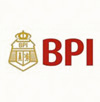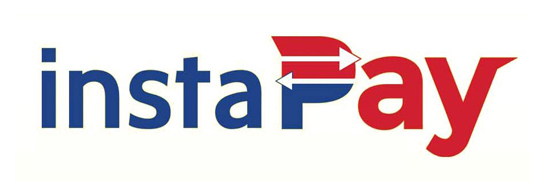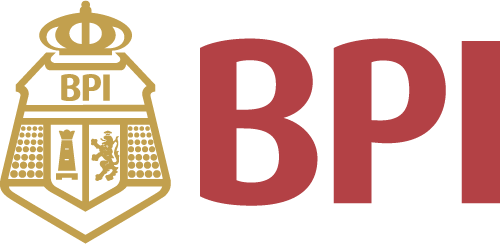All Categories
The Allocator's Edge: A modern guide to alternative investments and the future of diversification
Share Tweet








About The Allocator's Edge: A Modern Guide To Alternative
Product Description We are entering a golden age of alternative investments. Alternative asset classes including private equity, hedge funds, catastrophe reinsurance, real assets, non-traditional credit, alternative risk premia, digital assets, collectibles, and other novel assets are now available to investors and their advisors in a way that they never have been before. The pursuit of diversification is not as straightforward as it once was ― and the classic 60/40 portfolio may no longer be sufficient in helping investors achieve their most important financial goals. With the ever-present need for sustainable income and risk management, alternative assets are poised to play a more prominent role in investor portfolios. Phil Huber is the Chief Investment Officer for a multi-billion dollar wealth management firm and acts as your guide on a journey through the past, present, and future of alternative investments. In this groundbreaking tour de force, he provides detailed coverage across the spectrum of alternative assets: their risk and return characteristics, methods to gain exposure, and how to fit everything into a balanced portfolio. The three parts of The Allocator's Edge address: 1. Why the future may present challenges for traditional portfolios; why the adoption of alternatives has remained elusive for many allocators; and why the case for alternatives is more compelling than ever thanks to financial evolution and innovation. 2. A comprehensive survey of the asset classes and strategies that comprise the vast universe of alternative investments. 3. How to build durable and resilient portfolios that harness alternative assets; and how to sharpen the client communication skills needed to establish proper expectations and make the unfamiliar familiar. The Allocator's Edge is written with the practitioner in mind, providing financial advisors, institutional allocators, and other professional investors the confidence and courage needed to effectively understand, implement, and translate alternatives for their clients. Alternative investments are the allocator's edge for the portfolios of tomorrow ― and this is the essential guide for advisors and investors looking to seize the opportunity. Review With language easy enough for a novice investor to understand and a depth of insight for experienced investors to value, Phil Huber has created the modern, comprehensive guide to alternative investing. For anyone looking to expand their investment palette beyond stocks and bonds and learn not just what alternatives are available but how to deploy them in a portfolio, The Allocator’s Edge is essential reading. ― Corey Hoffstein, Chief Investment Officer at Newfound Research The Allocator’s Edge shows just how much the investable universe has expanded and provides a practical path to true diversification. What Huber prescribes is not (yet) the conventional wisdom, but it will be. A decade from now, Huber’s philosophy and quest for safer, more reliable portfolios will be mainstream―and the investor/RIA of the future built upon it. The Allocator’s Edge is bold in vision, full of accumulated wisdom, and immensely practical, giving allocators advice they can implement today to bring greater financial security to those they care for. If you are managing money for others, read this book. ― Ross Stevens, Founder and CEO of Stone Ridge Holdings Group Phil Huber has created a clear roadmap for investing for the next decade―his book is that rare combination of insightful and entertaining. ― Matt Kadnar, Partner and Portfolio Manager, GMO The Allocator’s Edge really hits the mark as a primer in understanding why alternatives are important and sets a solid foundation for how to incorporate non-traditional exposures in portfolios. I would certainly recommend this to analysts, financial advisors, or other investors looking to be more conversant and comfortable with this third “bucket”―one I believe will be critical t




 (1)
(1)






















